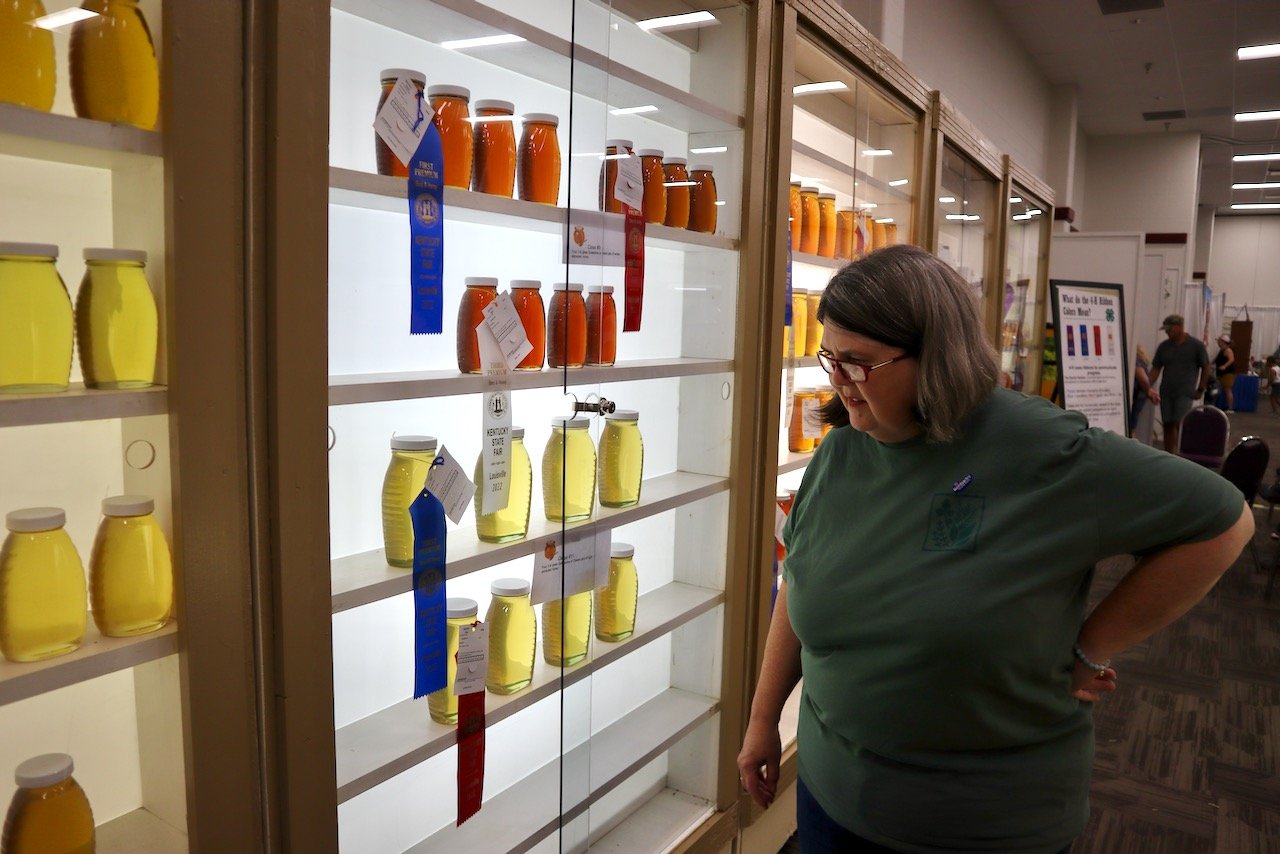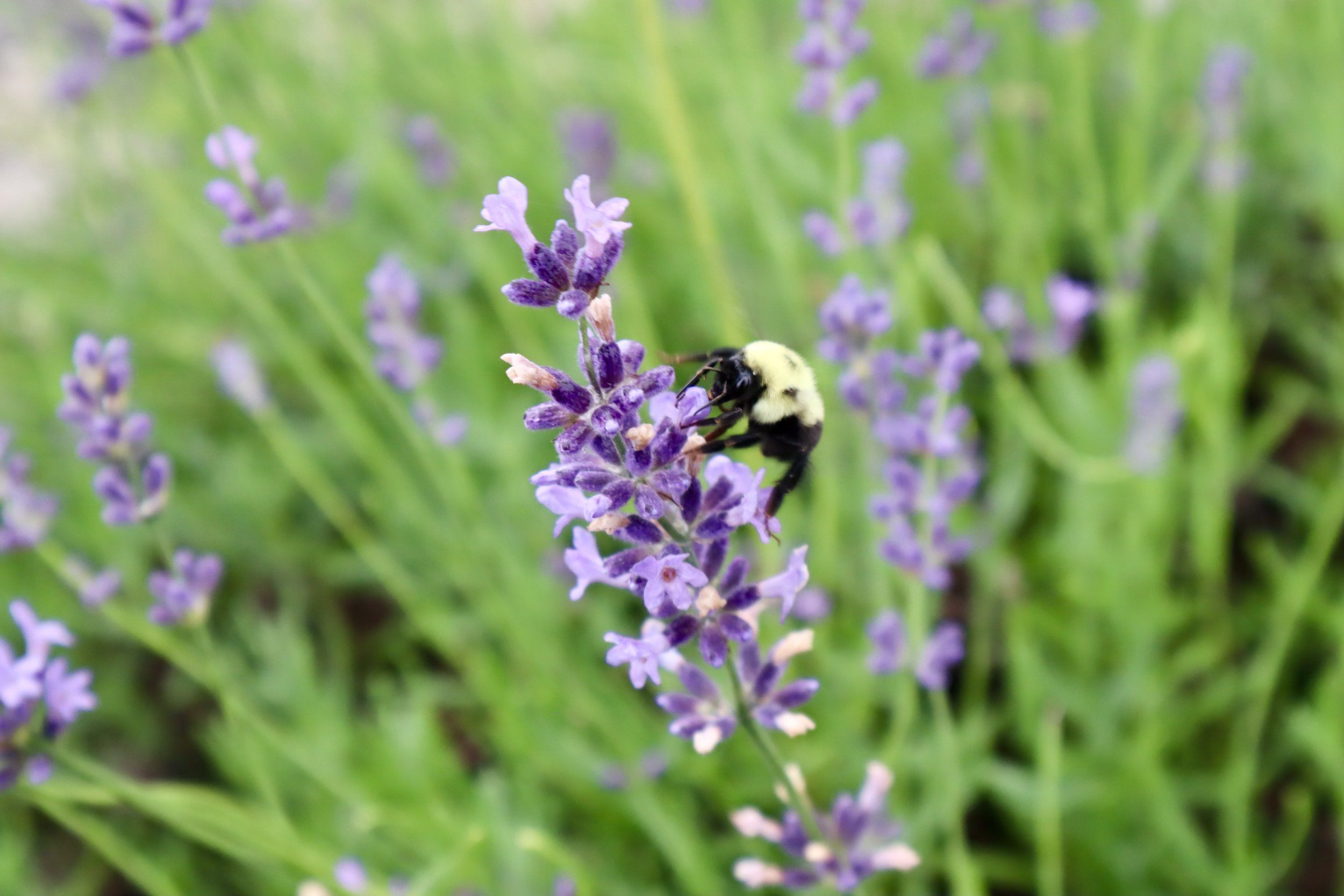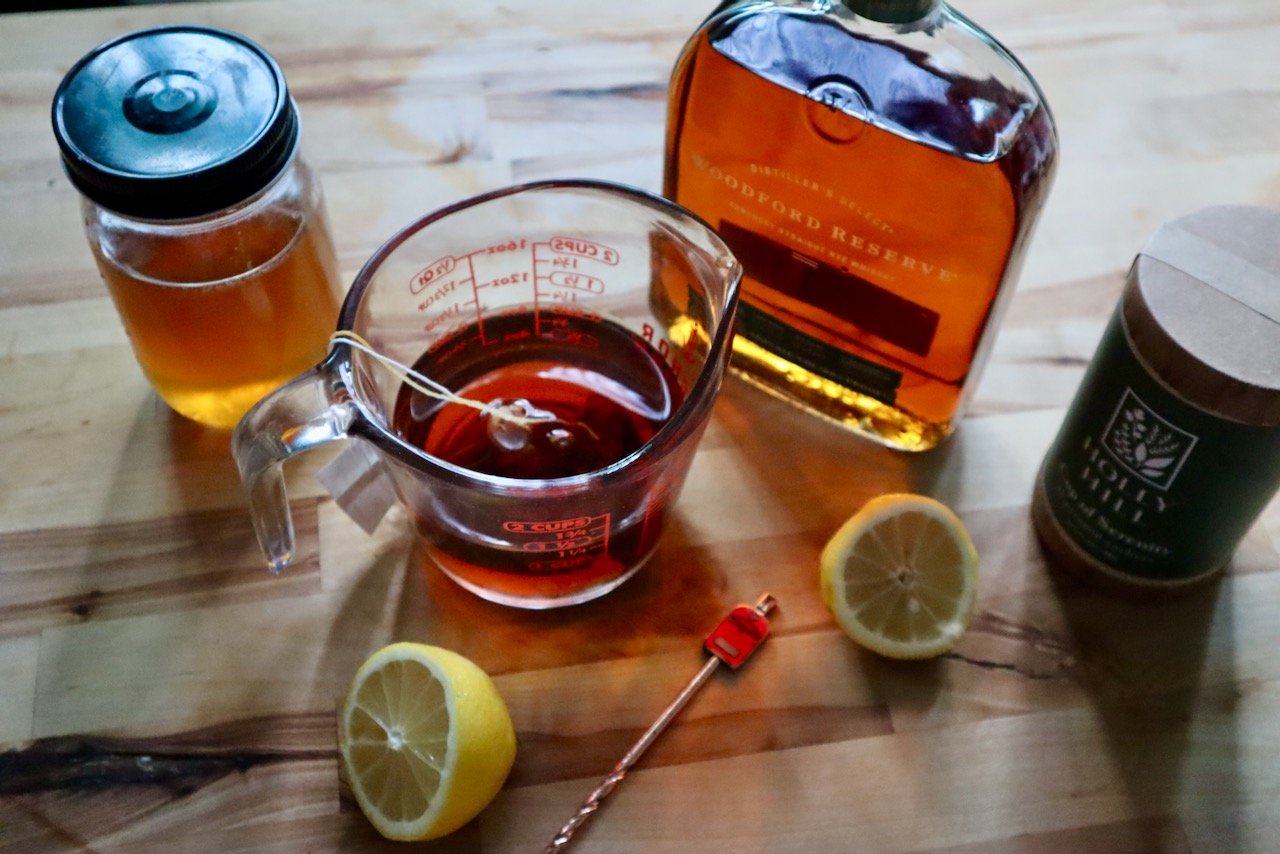Healthy with Honey
A Honey Q & A with John Antenucci of the Capital City Beekeepers Association and proprietor of Lazy Dog Honey.
Q: Why is local honey good for you?
A: Thirty-some years ago, I was given a hive as a housewarming gift. With help, I got it to survive. Then I got some more hives and started consuming honey because I had it. Then I realized one day that I wasn’t taking any allergy medicines.
I’m proof positive that consuming local honey will allow you to address some allergy conditions because the pollen is what people are allergic to. You breathe it in and your body creates antihistamines. In theory, if you consume raw honey with those pollens embedded, preferably a month or so before that flower blooms, your body will build up a positive response, so that when exposure happens, your body doesn’t react as vehemently.
I’d moved here from Maryland and suffered from allergies every summer until I started eating a couple tablespoons of honey a day.
Honey is antiseptic. You can put it directly on your scratches and your wounds will heal more quickly.
Honey has always healed my dogs of kennel cough.
Q: What’s the connection with Josephine Sculpture Park?
A: We’ve had hives at Josephine Sculpture for a decade. It started out with pollinator walks. We raise the bees and harvest honey and JSP gets a portion back every year. We’re bottling a case or two of honey from their spring crop for them now. The bees have done well there due to the tree canopy and native wildflowers. They’ve done such a good job of restoration that we may get a fall honey flow.
Q: Does honey have a season?
A: Yes, here in Central Kentucky, it starts in late April as trees begin to bloom, Maple, willow, redbud, tulip poplar, and locust. In mid-May, there’s Asian honeysuckle and other florals such as clover. I’m always torn about the honeysuckle; even though it’s invasive, it’s such a large source of nectar and if the locust fails, bees will go to the honeysuckle.
In summer, bees will turn to vegetables. Especially beans, squashes, and cucumbers. And they love all the mints.
Finally, comes late summer and fall. There’s a new flush although the fall honey crop is usually patchy in Central Kentucky, compared to Eastern Kentucky. But we have goldenrod; the standard ones produce a really earthy flavor, very aromatic but not very pleasant-tasting. There’s also aster, chicory, ironweed, sunflowers.
Through the seasons, honey changes in flavor, aroma and color. For most of our area, it starts out really light. Slowly turns to gold and then to a light amber, and if we’re fortunate to get a fall flow, it’ll be a dark amber.
Ouita admiring honey on display at the Kentucky State Fair
Q: Final thoughts?
A: The one thing we have to remind ourselves – although we’re passionate about plants that were indigenous to native Americans, honeybees came with the Europeans. So, when we’re planting a flower garden, we’re prone to select European flowers that can be grown locally.
Recommended flowers and herbs for attracting honeybees –
Courtesy of John Antenucci and Janet Osborne
Helllebore (Lenten Rose), early spring
Mountain mint - native mint, midsummer
Sunflowers (annual and perennial), midsummer
Bee balm, midsummer
Asters, late summer
Herbs:
mints
oregano
thyme
rosemary
really, all herbs!
Related Content
The Pollinator
The constant buzz in our Holly Hill tea garden inspired this cocktail, made with local honey from springtime blooms and our Cup of Serenity tea.
© 2022, Holly Hill Inn/Ilex Summit, LLC and its affiliates, All Rights Reserved




